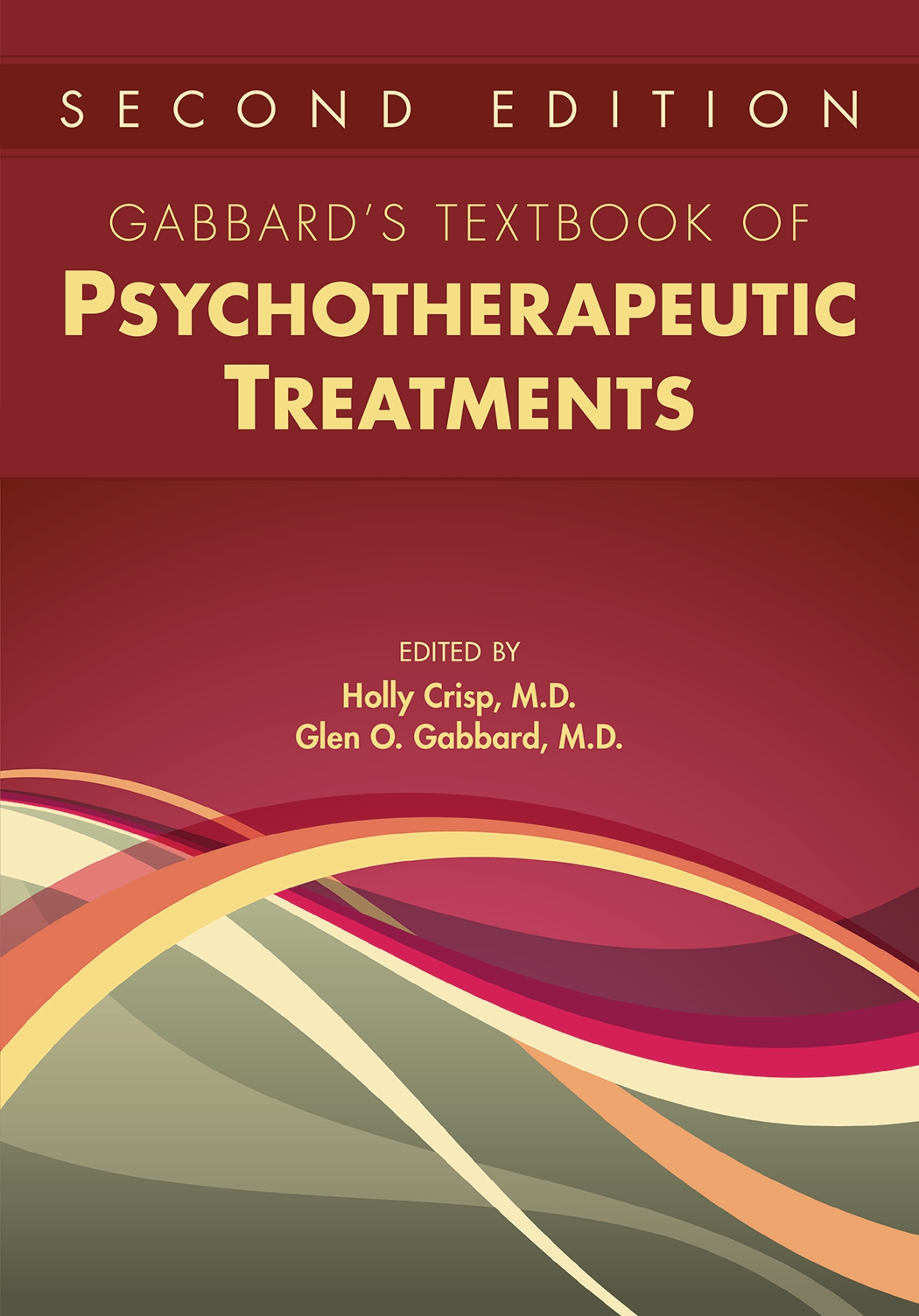Sections
Excerpt
In the past decade or so since the first edition of this book was published, psychotherapeutic models of treatment have been bolstered by a growing research base showing their effectiveness, particularly in the treatment of depression (Cuijpers et al. 2020; Driessen et al. 2010) but also for a range of other diagnoses, such as borderline personality disorder (BPD; Cristea et al. 2017) and eating disorders (Grenon et al. 2019). Interpersonal psychotherapy (IPT) has come to the fore as a successful approach for a range of disorders (Cuijpers et al. 2011, 2016) and has become an increasingly popular model for practitioners (Weissman et al. 2017). Research, evidence building, and theorizing about psychotherapy have proliferated—a healthy development for the field, although one that is informed by a context of increasing concern about the prevalence of psychological distress, with rising rates among young people, particularly women (Patalay and Gage 2019), serving as a reminder of the imperative to think about models in terms of practical treatment value.
Access content
To read the fulltext, please use one of the options below to sign in or purchase access.- Personal login
- Institutional Login
- Sign in via OpenAthens
- Register for access
-
Please login/register if you wish to pair your device and check access availability.
Not a subscriber?
PsychiatryOnline subscription options offer access to the DSM-5 library, books, journals, CME, and patient resources. This all-in-one virtual library provides psychiatrists and mental health professionals with key resources for diagnosis, treatment, research, and professional development.
Need more help? PsychiatryOnline Customer Service may be reached by emailing [email protected] or by calling 800-368-5777 (in the U.S.) or 703-907-7322 (outside the U.S.).



